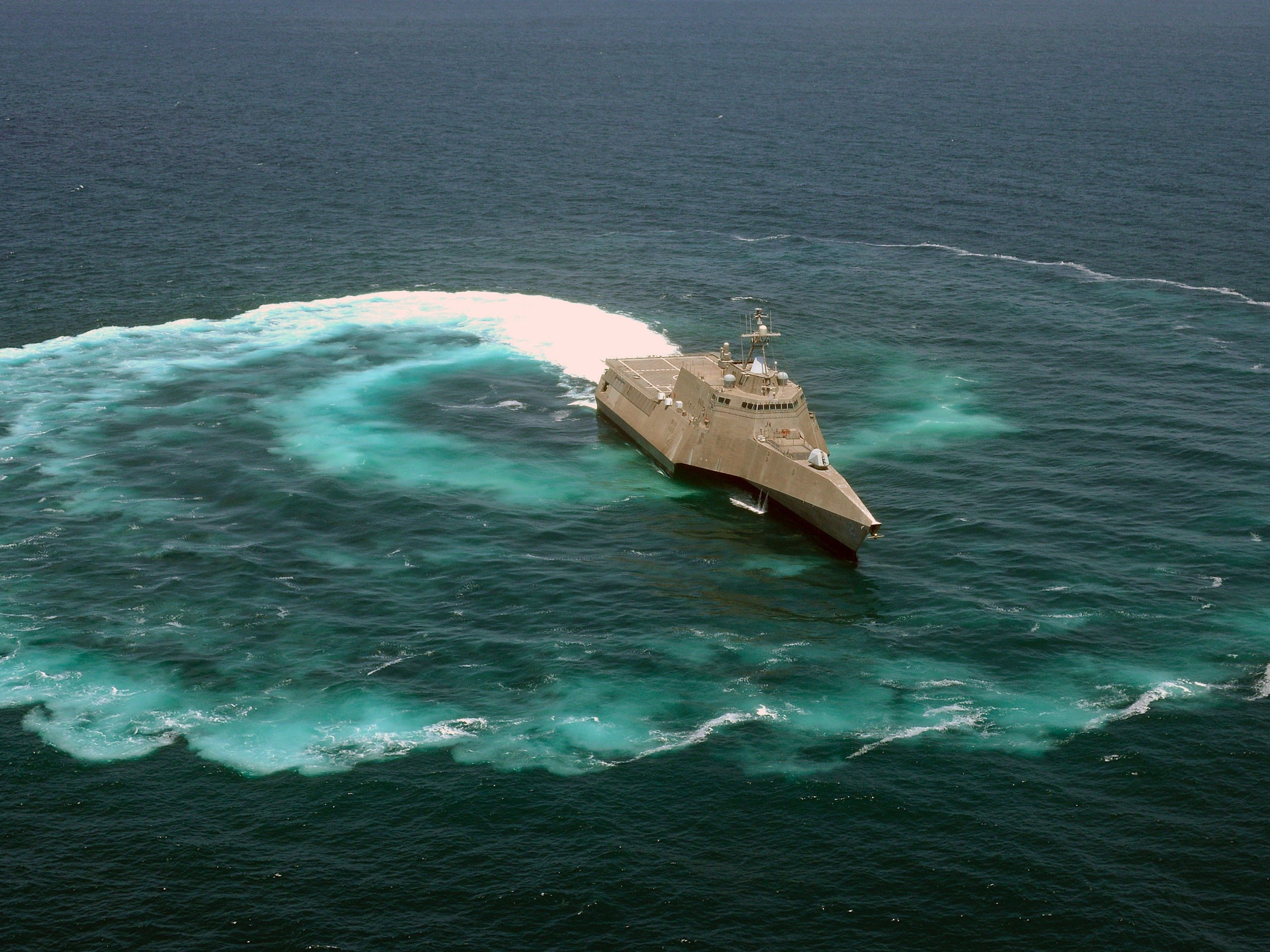
Washington DC — We live in a time where the fragile, finite nature of surrounding ecosystems has never been more apparent. That’s why environmentalists find the US Navy’s reputed disregard for marine life, in it’s endless rhyme of testing and training, beyond disturbing. Recently, a group found the Navy’s been given impunity to harm up to 12 million marine mammals, and asks military brass if it’s worth it.
West Coast Action Alliance, a multi-state, international citizen watchdog group, did a recent tally of the number of “takes” allowed to the US Navy. According to Truthout, a “take” is a form of harm to an animal ranging from harassment, to injury, to death. The data WCAA examined came directly from the Navy’s own Northwest Training & Testing EIS (Environmental Impact Statement), and authorizations to commit “takes”.
“The numbers are staggering”, proclaims Karen Sullivan, spokeswoman for WCAA and a former endangered species biologist. “When you realize the same individual animals can be harassed over and over”, she continues, “as they migrate to different areas, there is no mitigation that can make up for these losses except limiting the use of sonar and explosives where these animals are trying to live.”
Disturbingly, Truthout reports, these numbers are but conservative estimates, and don’t include dozens of other nearby military projects. Also, only marine mammals were counted, making impacts to fish, reptiles, invertebrates, and other life entirely unknown. Called “unprecedented” by WCAA, these numbers germinated as regional military activity, including testing and training, climbed hard.
According to Truthout, the Navy’s October 2015 EIS showed such things as a 778% increase in torpedo activity. A 1150% increase in drone flights, and 3500% increase in sonar buoy use. Sound, especially sonar sound, plays a central role in the destructive ramifications of naval activities.
Military sonar, like that used by the affected whale and dolphin populations, works by blasting sound through the water, thereafter gathering information on what’s ahead once the blast hits something and returns. Navy sonar is known to reach up to 235 decibels, far exceeding the human threshold before hearing damage of 85 decibels.
Even at a distance of 300 miles, Truthout reports, sonar can reach 140 decibels, and anything above 140 vibrates internal organs and causes damage. A potential sonar weapon has been sought after by numerous governments, including the French who regarded it “a weapon to kill people.’
The Navy’s Growler fighter aircraft, used in exercises, is the loudest aircraft ever built. Growler fighter’s have been known to be as deafening as 115 decibels, while flying 1000 feet above human ears. All of these staggering audio levels are amplified underwater exponentially, making the pain felt by nearby sea mammals unimaginable. Twice a year, the Navy conducts ship sinking drills using 22 missiles, two “heavy weight” high explosive torpedos, and 80 “large caliber rounds”.
Emily Stolarcyk, program manager of the Eyak Preservation Council, says “with limited observation practiced, the navy’s activities have proved lethal to large marine species.” Navy spokespeople dismissed WCAA’s accusations, saying the numbers are inaccurate. However, WCAA argues that the navy excluded the full tally from its explanation, and just needed to use a calculator. While navy public relations officer Sheila Murray categorically denied any extensive environmental damage, an anonymous official was more telling. “The navy received merely a slap on the wrist”, the source said, “the public was never aware of the true nature of the takes or the violations.” “To what end”, asks Stolarcyk, “is maintaining military readiness to address obscure threats to national security worth defending the oceans to death?”


